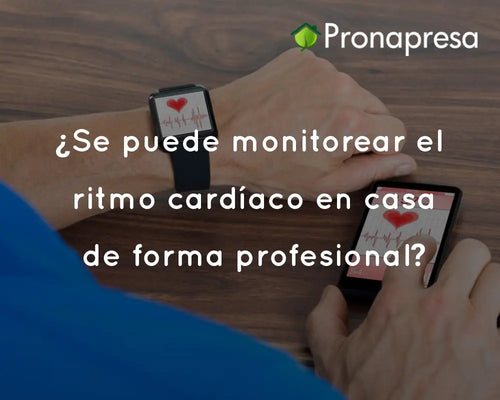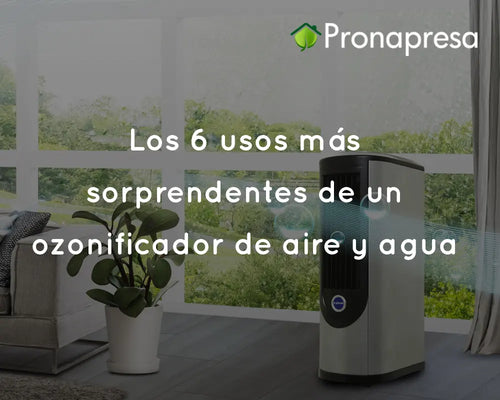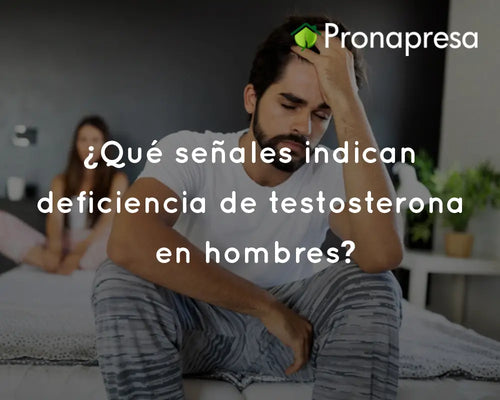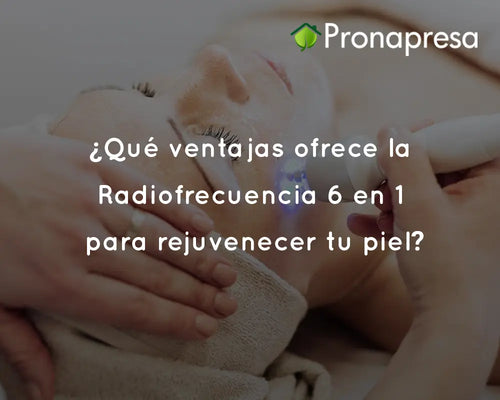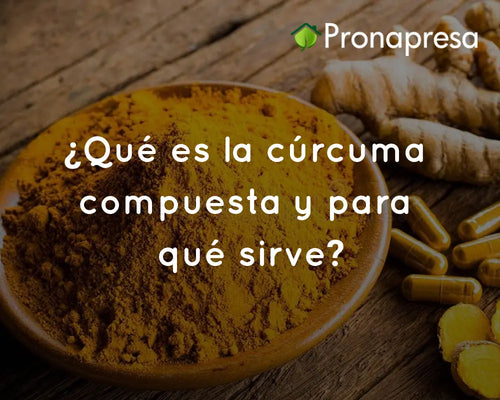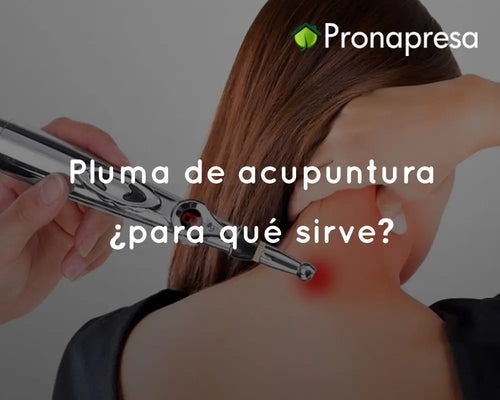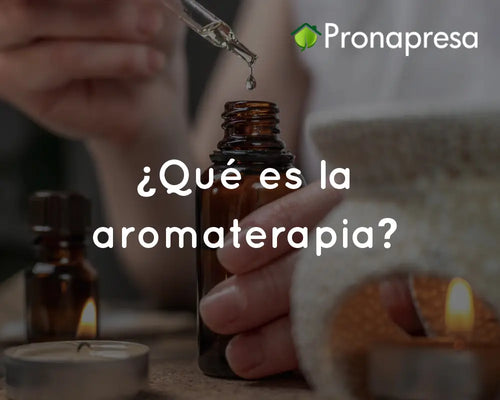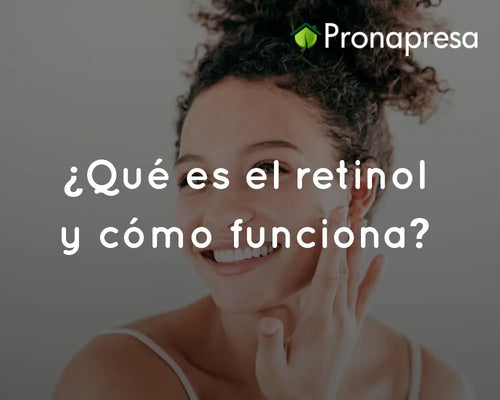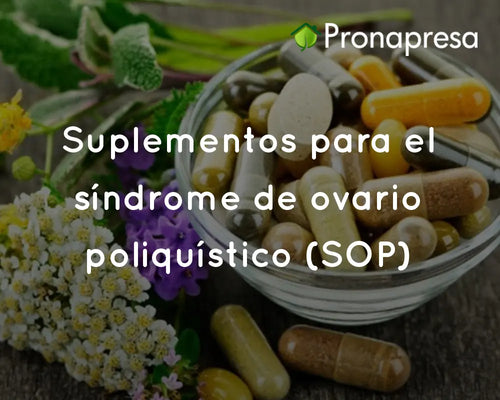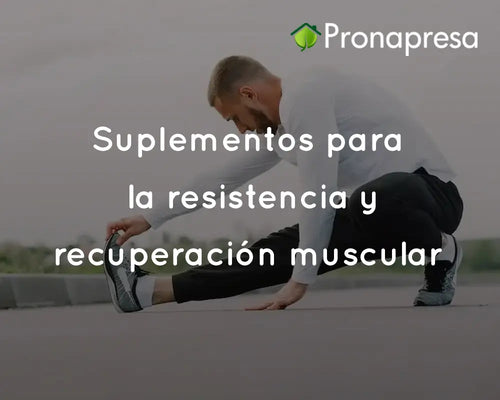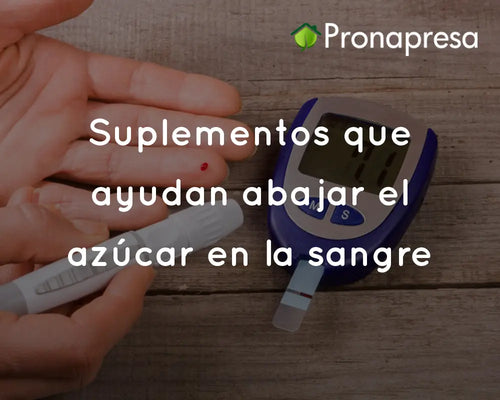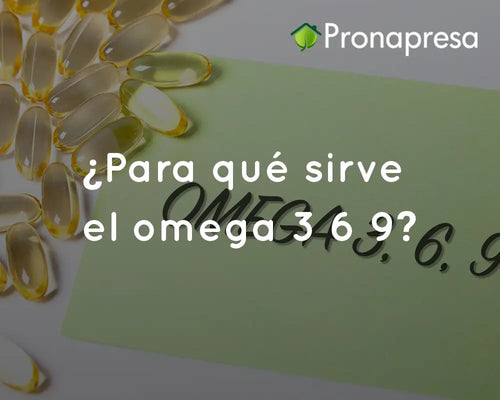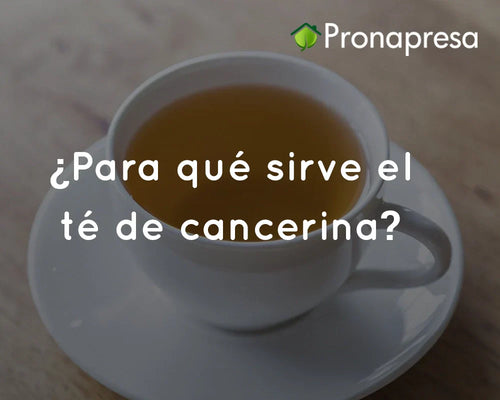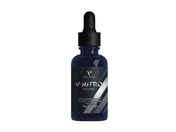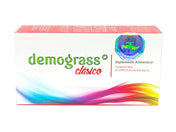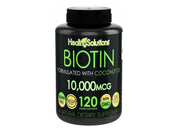
Discover the power of blue light
Blue light therapy, also known as blue light phototherapy, is a technique that uses visible light of specific wavelengths to interact with the body. This treatment, which does not require medications or invasive procedures, has proven useful in areas such as dermatology, mental health, and circadian rhythm regulation.
As we explore the benefits of this therapy, you'll learn how it can be integrated into your self-care and wellness routine.
What is blue light therapy?
Blue light is a part of the visible spectrum that lies between 450 and 495 nanometers in wavelength. It is used in medical devices and cosmetics designed to emit this light at specific levels. These devices include lamps, light panels, and wearable devices.
In medicine, blue light is used to treat specific conditions due to its anti-inflammatory and antibacterial properties and its ability to influence important biological processes.
How does blue light therapy work?
The mechanism of action of blue light therapy depends on the condition being treated:
-
On the skin : Blue light penetrates the superficial layers of the skin, eliminating acne-causing bacteria and reducing inflammation. It also stimulates cell regeneration, promoting healthier skin.
-
In the circadian system : Exposure to blue light can influence the production of melatonin, a key hormone for regulating sleep. This is especially helpful for people who suffer from insomnia.
-
In mental health : By acting on the brain's neurotransmitters, it can improve mood and relieve symptoms of seasonal affective disorder (SAD).
Proven benefits of blue light therapy
1. Acne treatment
Blue light therapy is an effective and safe treatment for moderate to severe acne. It directly targets the bacteria that cause acne lesions without damaging the surrounding skin. It also helps control excessive sebum production, one of the main causes of breakouts.
2. Improved sleep and regulation of the circadian rhythm
Controlled exposure to blue light during the day can improve sleep quality. By adjusting circadian rhythms, it helps people feel more alert during the day and more relaxed at night. This is especially helpful for those who work night shifts or travel frequently between time zones.
3. Relief from seasonal depression
During the winter months, when natural light decreases, many people experience symptoms of seasonal depression. Blue light therapy simulates natural light, helping to regulate serotonin and other brain chemicals that improve mood.
4. Support in dermatological treatments
In addition to acne, blue light is used to treat other conditions such as eczema, psoriasis, and sun damage. It reduces inflammation and stimulates collagen production, improving the skin's overall appearance.
Who can benefit from blue light therapy ?
Blue light therapy is suitable for a wide range of people, including:
- Teenagers and adults with persistent acne problems.
- People with sleep disorders, insomnia.
- Those who suffer from seasonal depression or mild anxiety.
- Individuals with dermatological problems such as rosacea or aging skin.
It's important to note that, although it's safe for most people, it's always advisable to consult a healthcare professional before starting any treatment.
Is blue light therapy safe?
Yes, blue light therapy is generally safe when used as recommended. However, it's essential to use quality devices and protect your eyes during treatment. Some possible side effects include eye irritation or skin sensitivity, but these are rare and usually resolve quickly.
Why try blue light therapy?
Blue light therapy offers a natural, effective, and noninvasive way to address common health issues. From improving skin appearance to regulating sleep cycles and relieving stress, this technology has the potential to transform your well-being.
If you're looking for a holistic and modern approach to caring for your body and mind, blue light therapy could be an excellent option. Consult with a specialist, choose a reliable device, and get ready to experience its incredible benefits.





